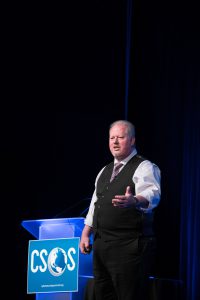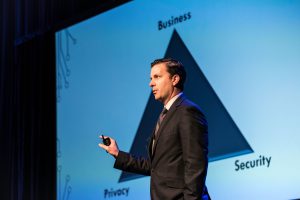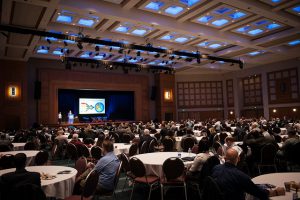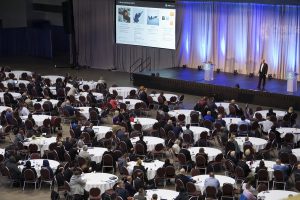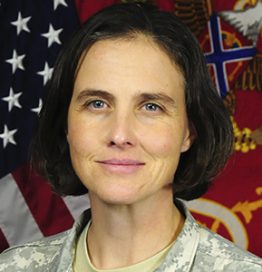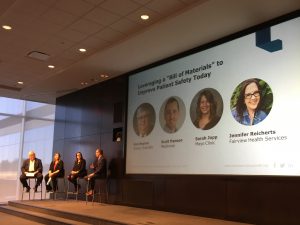David Tyson, the CEO of CISO Insights, spoke to attendees of Cyber Security Summit 2018 about the top measures to take to protect security systems from cyber attacks. He began by visiting old challenges related to patches, viruses and denial of service attacks that persist as they have for the past 20 years. Out of every 101 emails, one is malicious, he said. Data security continues to be an issue, as well as faulty program installations. Cybersecurity is a weakest link disruption, he noted. You can spend $1 million, but if someone leaves their password taped to their monitor security ...
